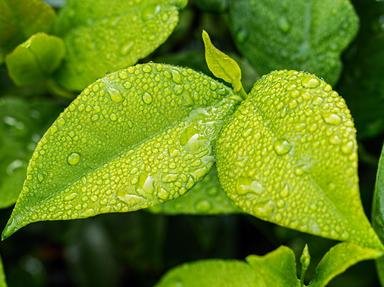Quiz Answer Key and Fun Facts
1. The solid remains of a fire (3 letters)
2. A colour between red and white (4 letters)
3. An older person, often with some authority (5 letters)
4. A place where money is produced (4 letters)
5. To regret some past action (3 letters)
6. Neat and tidy in appearance (6 letters)
7. A dark yellowish-green colour (5 letters)
8. A wise person (4 letters)
9. A cuboid container, often with a hinged lid (3 letters)
10. A body of water more-or-less surrounded by land (3 letters)
Source: Author
Southendboy
This quiz was reviewed by FunTrivia editor
agony before going online.
Any errors found in FunTrivia content are routinely corrected through our feedback system.
